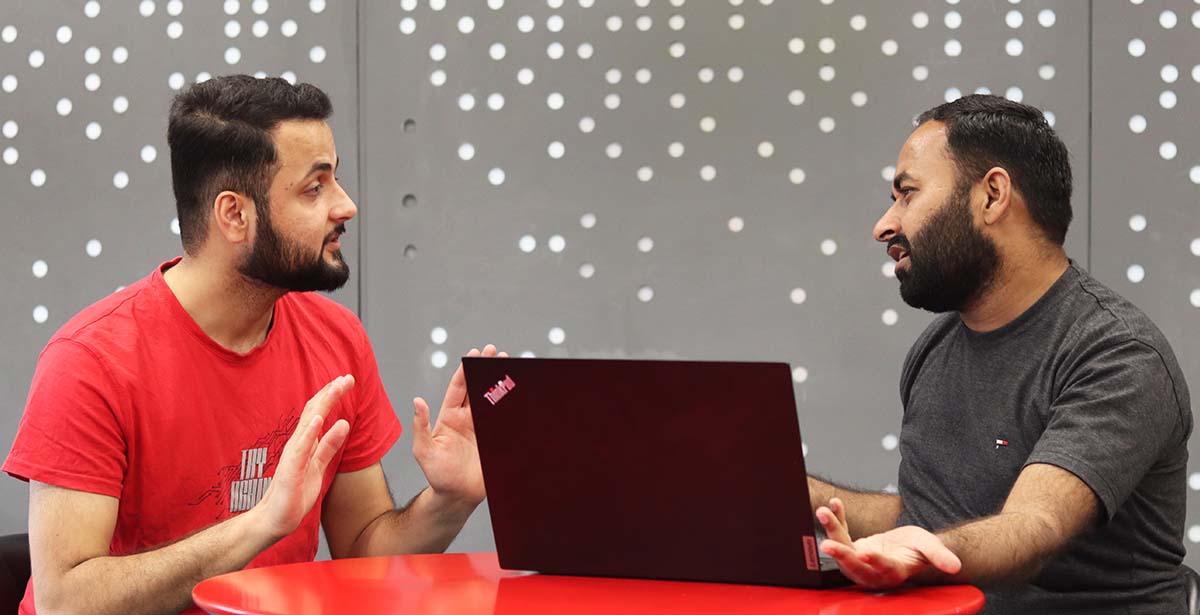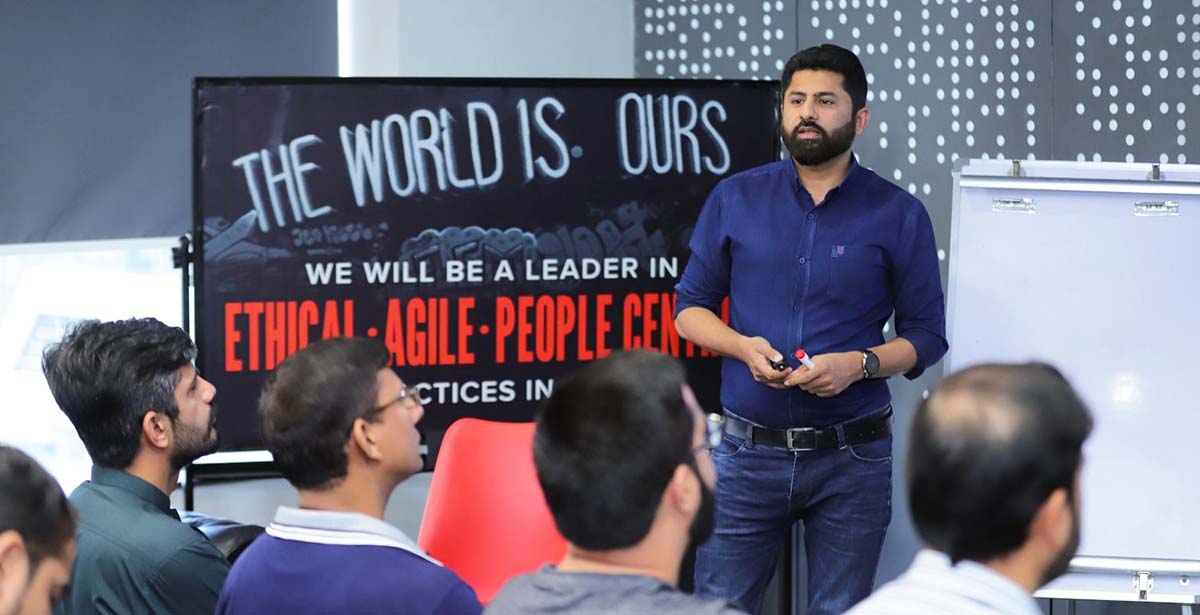Holacracy and Counterculture – The Key to South Asia’s IT Dream
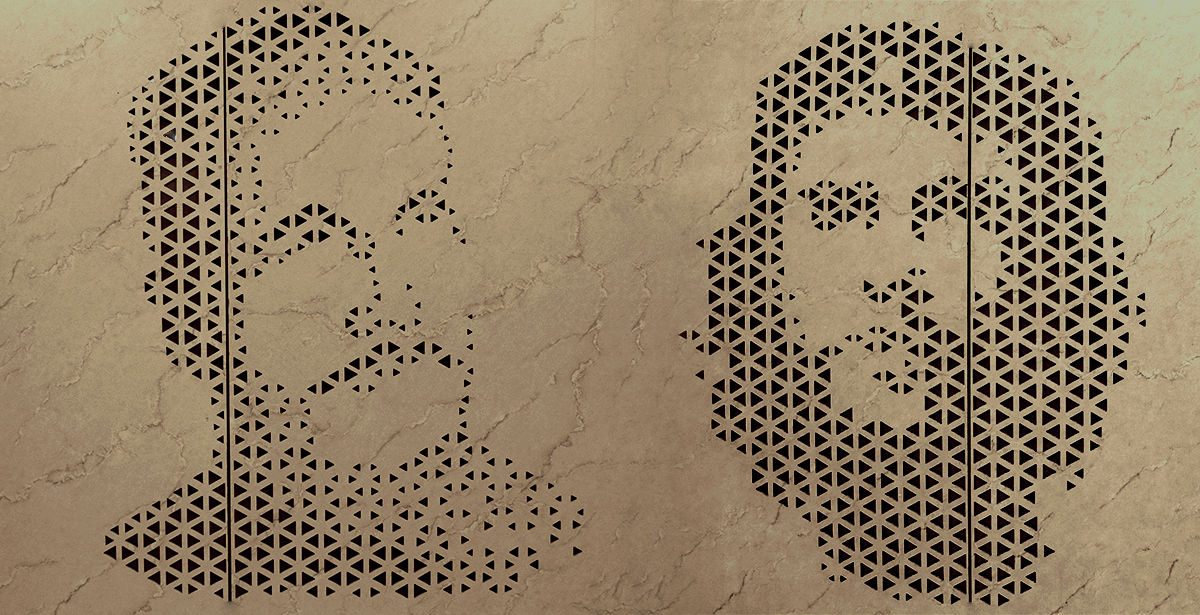
Holacracy is far from new. This radical method of decentralized management and organizational governance has helped companies like Zappos cement their names in their industry. Question is, would this approach benefit South Asian IT companies the same way?
What Is Holacracy?
Holacracy is a trademarked concept that helps organizations become self-managed and self-organized. It details predefined rules that empower employees to innovate, make change, and voice opinions.
According to HolacracyOne, it replaces conventional management without doing away completely with its best practices. It further distributes power through transparent roles and rules that best serve the organization’s purpose.

What further makes holacracy unique is the following features –
- Purposefulness – There’s a focus on aligning around the company’s mission. That’s because the system focuses on organizational purpose, team purpose, and individual purpose.
- Responsiveness – The system provides organizations with a competitive edge – quicker response to external and internal shifts. Individuals act as sensors and have clear pathways set to help them convert challenges into opportunities. As a result, they and the organization grow.
- Clarity – There are no guessing games or office politics in this system. Instead, everyone is bound by clear expectations and transparent authority.
- Dynamicity – The system promotes dynamic roles instead of conventional job titles and job descriptions. Traditional job titles usually carry multiple discrete roles. With holacracy, employees can prioritize which roles they play according to the work at hand.
- Modularity – Organizations can easily adopt holacracy at whatever pace they’re comfortable with.
A Quick Look at the History of Holacracy
Though the term was coined in 1957, holacracy is attributed to Ternary Software founder Brian Robertson.
Robertson had quit his job to establish his own start-up in 2001. For seven years, he and other co-founders experimented with organizational methods. All of these had one vision in common – “build the healthiest possible system where people thrive.”
Come December 2004, the company’s founders began experimenting with collaborative decision-making methods. That’s when they came upon sociocracy, a system that enables decision-making by consent.
After implementing sociocracy for two years, Robertson realized that limiting the company to a management hierarchy prevents achieving goals. That’s when he researched how to add more autonomy, purpose-orientation, and rapid decision-making and evolution.
He also added the elements of role-based operational authority and expectations. As the organizational operating system no longer reflected sociocracy, Robertson decided to rename it. Therefore, Holacracy 1.0 saw the light in 2006.
P.S.: You can read the whole story by Brian Robertson here.
Can the Lack of Hierarchy Work in South Asia?
Many organizations in the US and Europe have effectively embraced holacracy and continue practicing it till this day. However, there’s a fear that cultural tendencies in Asia can prevent the system’s success in the region.
According to the Hofstede’s Cultural Dimensions study, three cultural dimensions are especially important for holacracy –
- Power Distance Index (PDI) – PDI measures how people accept inequalities within the workplace or society. Countries with high PDI accept hierarchy without a question. On the other hand, people in low PDI countries challenge the existence of power inequalities.
- Individualism (IDV) – This dimension assesses the social framework within a culture. If the social framework is loosely knit, it’s considered individualistic. The opposite where people are expected to look after one another is known as collectivist.
- Long Term Orientation (LTO) – LTO measures how societies link to the past while managing their present and planning for the future. Low LTO indicates a society sticks to traditions, whereas high LTO societies focus on the future and favor pragmatism.
Asian countries have relatively high power distance, low individualism, and high long-term orientation. The latter two traits ensure the adoption of holacracy.
So, Why Is Hierarchy Still the Norm in South Asia?
Hierarchal tendencies are a huge stumbling block for companies wishing to embrace a holacratic system.
Research by the Human Capital Leadership Institute in India revealed “a hierarchy-conscious society where older employees in particular, will address the person before the issue, and not the issue irrespective of the person, was emphasized.”
This makes sense considering the region’s political history where emperors, kings, and sultans were the law. Just one wrong sentence could result in a beheading. And this is still felt today.
However, Change Is Already Here and Thriving
In 2012, DPL decided to challenge centuries-old stereotypes such as hierarchies.
An IT company based in the relatively quieter city of Islamabad, it introduced the concept of a flat company culture that is strictly built on Agile principles. This organizational structure eliminates levels of management and blurs hierarchical lines between management and staff level employees. Therefore, it promotes equality across organizations.
However, Things Weren’t Always This Way
When founded back in 2003, DPL was just another software development company. Agile practices were non-existent, and the hierarchical chain of command, boss-subordinate conventions, fixed workstations, and 9-to-5 workdays defined the workplace.
This was the way to go considering the partially successful bureaucratic work culture prevalent in the Pakistani IT industry.
However, DPL’s founders noticed that the workforce appeared incapacitated for innovation. That too despite performing well. They soon discovered why – the environment encouraged compliance and disapproved of independent expression.
In 2012, DPL challenged work norms and redefined the workplace environment by putting people above processes. This resulted in breaking the walls between bosses and embracing holacracy.
It also meant anyone can raise questions related to opinions, actions, and approaches – regardless of their position in the company.
Also Read: Pillars of Servant Leadership in an Agile Company
How DPL Reprograms Hierarchy-Conscious Rebels
As you know by now, the biggest challenge for holacracy is people’s own mentality.
To counter that, DPL introduced a character called “Sir Carr” (a play on the Urdu word “Sarkar,” which means a person in a position of authority).

This character, now a registered trademark, is heavily inspired by the colonial era when people had no option but to follow orders.
It’s a reminder that subjugation, bullying, imperialism, and bossy mindsets are absolutely unacceptable. That’s why the use of “sir,” flattery, and subservient actions result in a penalty which goes directly into his belly.
DPL also bestows the title “Rebel” on each member of its workforce.
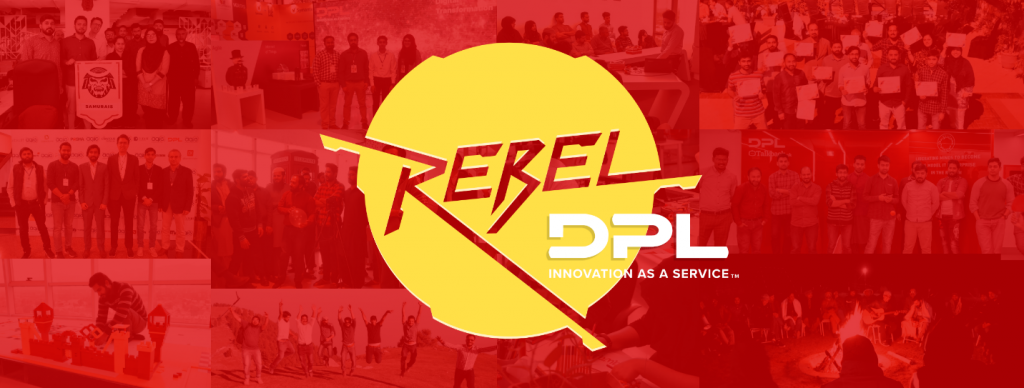
Rebels are individuals who wholeheartedly embrace holacratic beliefs and counterculture approaches. They’re inspired by the principles of rebellion from Che Guevara and self-realization from Allama Iqbal. These beliefs are known as “Rebel Ethos” and they define how Rebels can succeed in this system.
To further fuel its success, DPL emphasizes employees’ physical and mental health. That’s why it collaborates with leading architects to design its office spaces and evolves them over time. As a result, Rebels have a “lair” where they can enjoy a blissful on-site experience and be innovative.
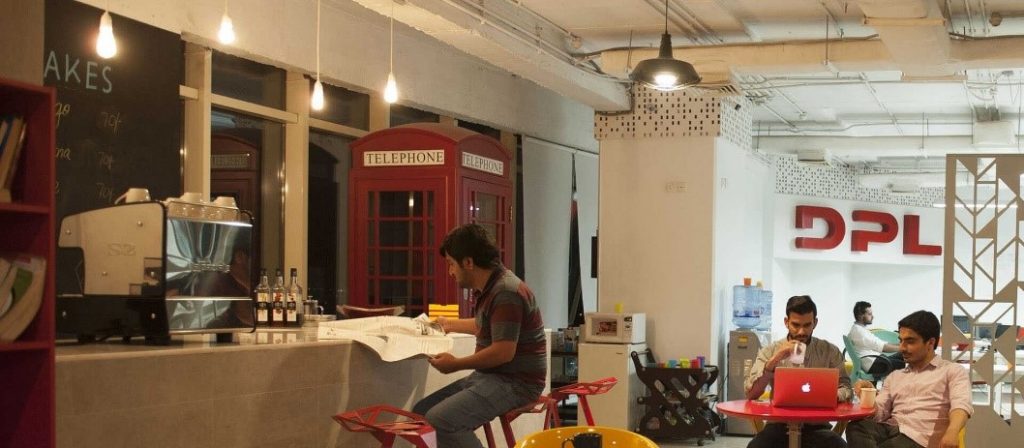
Ways to Further Instill Holacratic Practices
For holacracy to succeed, it needs to focus on the people. However, providing them with autonomy alone won’t suffice. Especially as people new to it may feel abandoned or helpless without a manager.
One of the methods used to engage Rebels is through nGAGE. This is an app developed in-house for Rebels to rate and give feedback (either publicly or anonymously) on each other’s work.
nGAGE also utilizes gamification, enabling Rebels to challenge anyone in the company. If the challenger successfully completes the task, they can earn points which they can redeem for prizes.
Tech aside, Rebels receive encouragement to wear multiple hats to further expand their skillset and expertise. This ensures their professional growth as they expand their skillset and expertise.
Moreover, they aren’t limited to departmental silos. Instead, teams collaborate across departments to brainstorm and come up with different solutions.
Through these initiatives and more, Rebels gain the power to say “No” when needed. Especially while guiding clients to best achieve their goals and ensure value with each solution they produce.
In Short, Holacratic Practices Are Achievable
Yes, the shift to holacracy across South Asia is achievable. But it won’t unfold overnight.
At DPL, it took years of experimenting before it became the Agile, fun-loving workplace that prioritizes its people. And the process is ongoing because improvement is a continuous effort.
If you too wish to transform your organization and embrace holacracy, our consultants are just a few form fields away. Fill the form below and we’ll get in touch right away.



